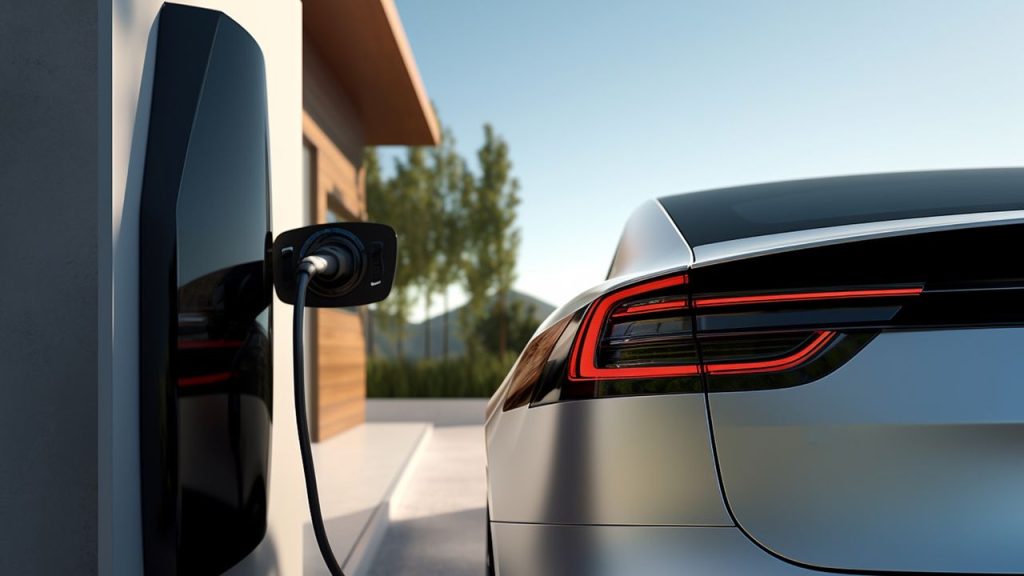Types of Electric Vehicles (EVs): Battery Electric Vehicles (BEVs) vs. Plug-in Hybrid Electric Vehicles (PHEVs)
Electric vehicles (EVs) have gained significant popularity in recent years as a greener and more sustainable alternative to traditional gasoline-powered cars. As the demand for EVs continues to grow, it’s important to understand the different types of electric vehicles available on the market. In this article, we will explore two main categories of EVs: Battery Electric Vehicles (BEVs) and Plug-in Hybrid Electric Vehicles (PHEVs).
Battery Electric Vehicles (BEVs)
Battery Electric Vehicles, also known as BEVs, are fully electric cars that run solely on electricity. These vehicles are powered by an electric motor and rely on a large battery pack for energy storage. Unlike traditional gasoline-powered cars, BEVs do not have an internal combustion engine and produce zero tailpipe emissions, making them environmentally friendly.
One of the key features of BEVs is their electric range, which refers to the distance a vehicle can travel on a single charge. The electric range of BEVs varies depending on the battery capacity and the efficiency of the vehicle. Some BEVs can achieve ranges of over 300 miles on a single charge, while others may have a more limited range of around 100 miles.
The battery capacity of BEVs plays a crucial role in determining their electric range. The larger the battery capacity, the longer the vehicle can travel without needing to recharge. However, larger battery packs also mean increased weight and cost, which can impact the overall performance and price of the vehicle.
Advantages of Battery Electric Vehicles (BEVs)
- Zero tailpipe emissions, reducing air pollution and greenhouse gas emissions
- Lower operating costs compared to gasoline-powered cars
- Quieter operation due to the absence of an internal combustion engine
- Less maintenance required as there are fewer moving parts
Disadvantages of Battery Electric Vehicles (BEVs)
- Limited electric range, requiring frequent charging for long-distance travel
- Longer charging times compared to refueling a gasoline-powered car
- Higher upfront cost due to the expensive battery technology
- Limited charging infrastructure, especially in rural areas
Plug-in Hybrid Electric Vehicles (PHEVs)
Plug-in Hybrid Electric Vehicles, or PHEVs, combine the benefits of both electric and gasoline-powered cars. These vehicles feature an electric motor, a battery pack, and an internal combustion engine. PHEVs can be charged from an external power source, allowing them to operate in electric mode for a certain distance before switching to gasoline mode.
The electric range of PHEVs is typically shorter than that of BEVs, as they rely on a smaller battery pack. However, this limitation is compensated by the presence of a gasoline engine, which provides additional range and flexibility. PHEVs are ideal for drivers who require longer electric range but still want the option to rely on gasoline for longer trips.
Advantages of Plug-in Hybrid Electric Vehicles (PHEVs)
- Extended range compared to BEVs, thanks to the presence of a gasoline engine
- Flexibility to switch between electric and gasoline mode
- Less range anxiety as the gasoline engine serves as a backup
- More charging options available due to compatibility with standard electrical outlets
Disadvantages of Plug-in Hybrid Electric Vehicles (PHEVs)
- Higher fuel consumption compared to BEVs
- Less environmentally friendly due to tailpipe emissions in gasoline mode
- Increased maintenance requirements due to the presence of an internal combustion engine
- Higher upfront cost compared to conventional gasoline-powered cars
Both BEVs and PHEVs offer unique advantages and cater to different driving needs. BEVs are ideal for urban dwellers with shorter commutes and access to charging infrastructure, while PHEVs are suitable for those who require longer electric range and the flexibility of using gasoline when needed.
As technology continues to advance, the electric range of both BEVs and PHEVs is expected to improve, making electric vehicles an even more viable option for mainstream consumers. Whether you choose a BEV or a PHEV, embracing electric vehicles is a step towards a greener and more sustainable future.


